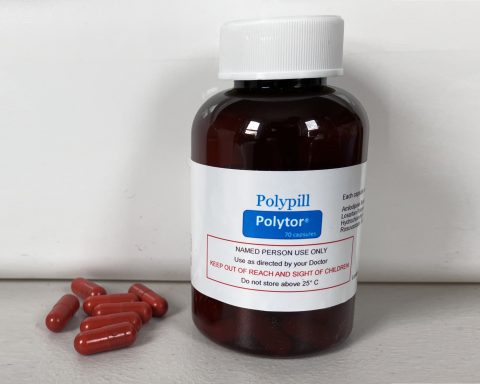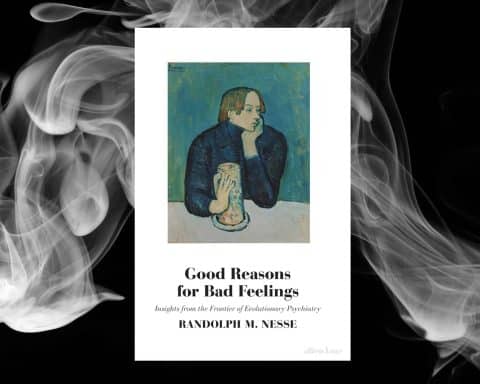
Symptoms are the raw material upon which doctors exercise their art, the base metal our patients carry to surgery in bulging sacks and on rusty wheelbarrows to be transmuted into diagnostic gold. Or perhaps they are more like precious objects concealed in the lining of a jacket, reluctantly displayed when necessity demands, and we are the pawnbroker, appraising the value of Aunt Agatha’s pearls and issuing cash against them. Yes, I see what you mean, backache radiating to the leg, unpleasant but nothing unusual. A slipped disc: keep it moving and take the pills and it should be fine. There are certainly a weighing and an exchange that take place: symptoms for diagnosis, a mystery for an explanation. This is the fundamental transaction of the consultation.
Or perhaps they are more like precious objects concealed in the lining of a jacket, reluctantly displayed when necessity demands…
The idea that symptoms might not be explained is therefore disturbing, and the label of ‘Medically Unexplained Symptoms’ (MUS) is less a diagnosis, giving no explanation beyond a shrug of the medical shoulders, and more a signal that no further efforts towards diagnosis will be made. The pearls are fake: time to go now, and please don’t make a fuss.
Maybe the key to making sense of this is to consider more closely what we mean when we talk about symptoms in the first place. Strictly speaking, the term assumes that a particular sensation or occurrence is symptomatic of an underlying disease, when in fact things like headaches, indigestion and tiredness are so prevalent as to be essentially normal.1 Similarly, we often view such things as fever, pain, vasodilation or tachycardia as invasive, features of disease. In reality, they are all things our body does in response to some pathological trigger, and signs of our response to it. This may seem like splitting hairs, but the corollary is that our body may also behave in a similar way in the absence of disease. How then can we tell? Our global impression and the clinical context are usually more telling than lists of symptoms, many of which are non-specific. In practice, it may make more sense to talk about what the body is doing when someone feels unwell, rather than what disease they have: to use verbs more than nouns; narrate rather than define; and sometimes be satisfied to relieve rather than cure.
Symptoms may remain unexplained, and diseases missed, because the consultation is an imperfect diagnostic tool.
Symptoms may remain unexplained, and diseases missed, because the consultation is an imperfect diagnostic tool. On the other hand, much of what our patients bring us can never be transformed into gold or pawned, no matter how hard we try. Attempts to extract diagnostic currency may not just be futile, but ultimately miss the point: the value of Aunt Agatha’s pearls may be entirely sentimental, but they are still valuable. Likewise, what people confide in their doctor may not always tell us much about what is wrong with them, but it will say something about their circumstances, their priorities and their concerns. Medically Explained Symptoms have their place, of course, but let’s not underestimate the value of getting to know our patients better as an investment in a long-term therapeutic relationship. Evidence is accumulating that continuity of care in general practice is associated with measurably better clinical outcomes, including earlier diagnosis.2 It may therefore be that the best way to spot the symptoms of serious disease is not always to be looking for them. If we accept the sentimental value of imitation pearls and get to know them well, we may more easily recognize the real thing when it comes along.
References
1. McAteer A, Elliott A & Hannaford P, Ascertaining the size of the symptom iceberg in a UK-wide community-based survey, BJGP 2011;DOI: 10.339911X548910
2. Pereira-Grey D, Sidaway-Lee K, White E, Thorne A & Evans P, Improving continuity: THE clinical challenge. InnovAiT, 0(0), 1–11 DOI: 10.1177/1755738016654504
Featured image by Tiffany Anthony on Unsplash








